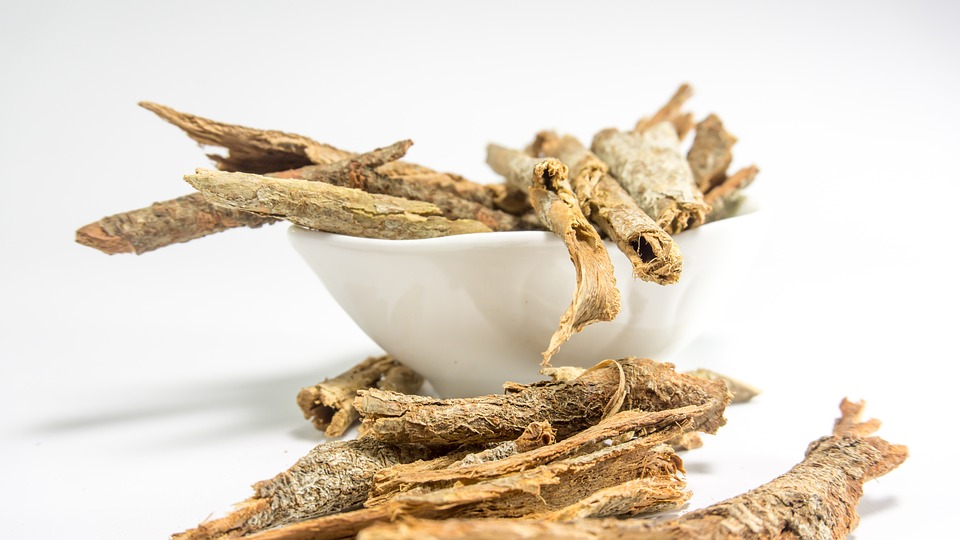For the next few months, the Health Tip section will contain information about a variety of grains that may be unfamiliar to many people. This month’s topic will be amaranth.
Although it’s not really a grain—it’s not genetically related to the true cereal grasses such as wheat, oats, rye, corn, barley, etc-the seeds of the amaranth plant are used as an alternative to grains.
Amaranth was a staple food in the diet of the Aztecs, before the Spanish conquest of Mexico. The Aztecs also used amaranth in their religious rituals and, as a result, the Spanish conquistadors forbade the use of this highly nutritious “grain.” Fortunately, amaranth was still cultivated in a few remote areas of Mexico and the Andes, so it didn’t become extinct in the Americas.
The amaranth plant is an attractive annual herb with broad deep-red leaves and colourful shaggy seed heads that contain thousands of tiny seeds. Both the leaves and the seeds are edible.
Amaranth leaves taste similar to, and can be used like, spinach. They should be kept in the refrigerator and eaten within a few days.
Amaranth seeds can be toasted, cooked like a cereal, popped like popcorn, sprouted, or ground into flour. They are best when stored in a tightly covered glass jar in a cool, dry, and dark place such as the refrigerator, to prevent their essential fatty acids from going rancid. Amaranth seeds have a mild, nutty flavour that blends well with other grains. When cooked like a cereal, amaranth can have a “gummy” texture so try not to overcook it, and serve it immediately once it’s done.
Amaranth flour should also be stored in a tightly covered glass jar in the refrigerator or freezer. Because it does not contain gluten and does not rise when baked, amaranth flour must be combined with other flours (ones that contain gluten such as wheat) in baked goods such as breads and cakes. Amaranth flour can be used on its own to make things like pancakes, waffles, cookies, flatbreads, and pastas.
Amaranth seeds and flour can be found in most health food stores and they should be used within six months. Because it is essentially gluten-free, amaranth can often be used by those who suffer from gluten intolerances and/or grain allergies. And amaranth is non-GMO-genetic modifications have never been made to it.
Amaranth seeds contain more protein (15 to 18 percent) than most grains. They are one of the best sources of vegetable protein because the amino acids are well-balanced; they are rich in lysine and methionine, two essential amino acids that are not typically found in grains. As a result, amaranth can be combined with other grains, nuts, seeds, and legumes to create a complete protein.
This nutritional powerhouse also contains essential fatty acids (omega 3 and 6) and has more calcium, fiber, and iron than wheat. In addition, amaranth contains other minerals as well as vitamins (including A, E, C, and some B vitamins).
So try adding this highly nutritious “grain” into your diet. To get you started, check out this month’s recipe, Toasted Amaranth Cereal—it’s a great way to add some variety to your breakfast choices.



